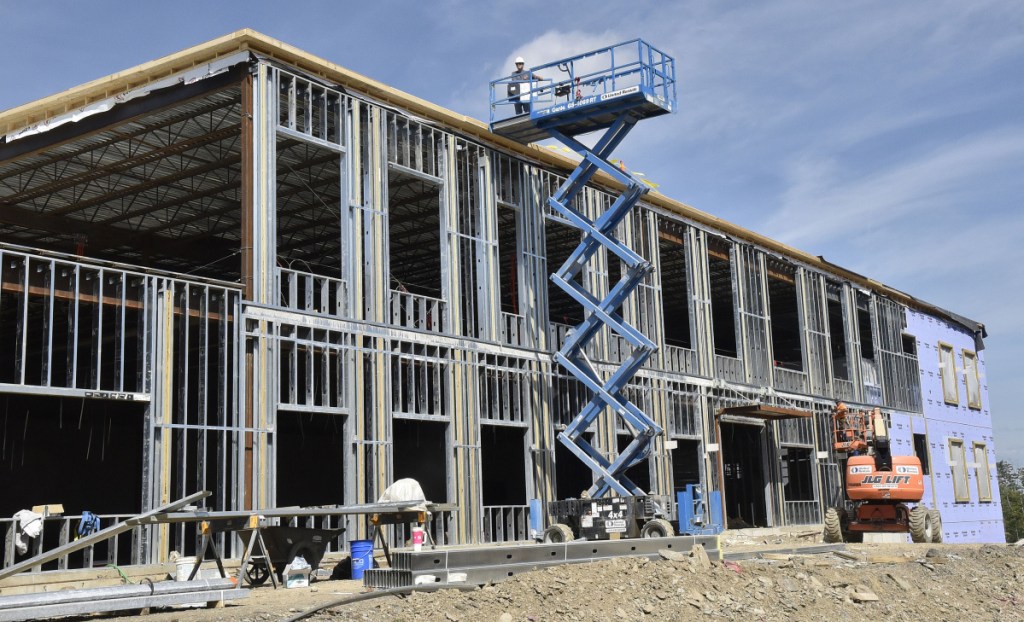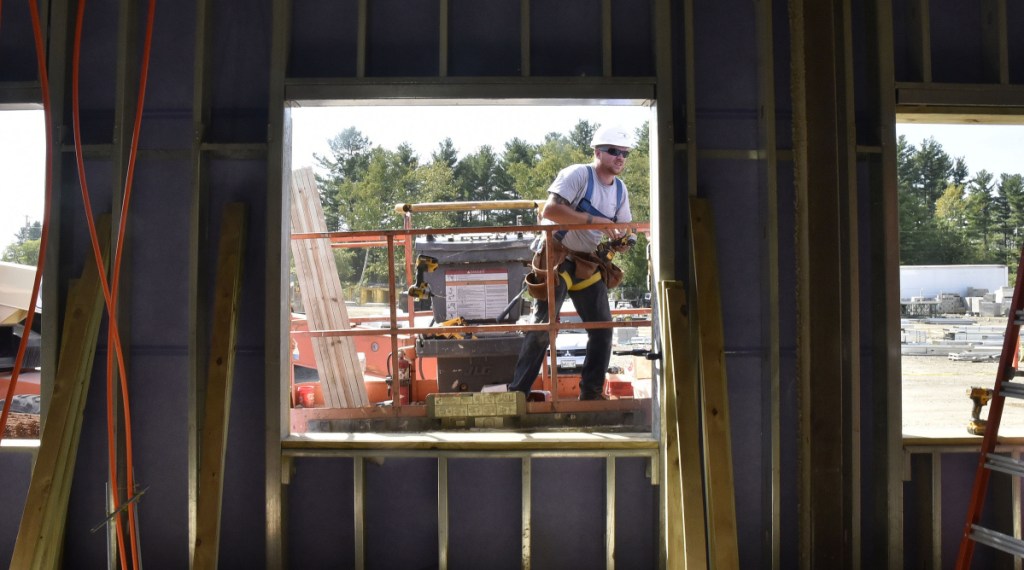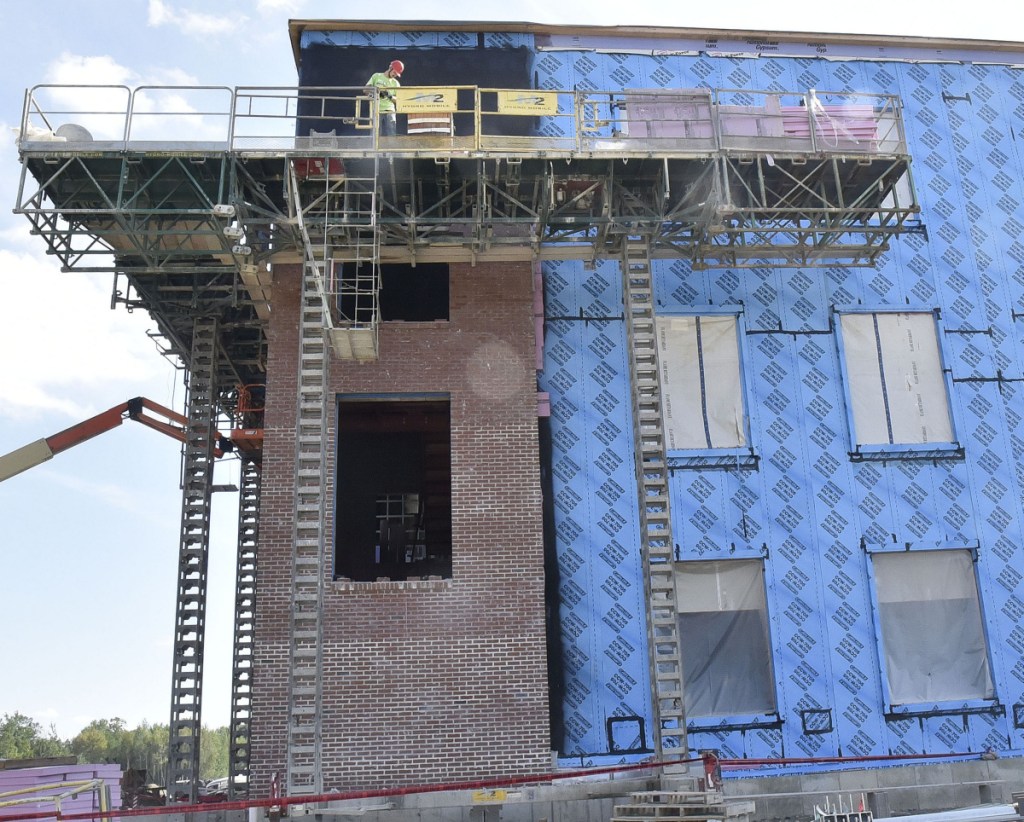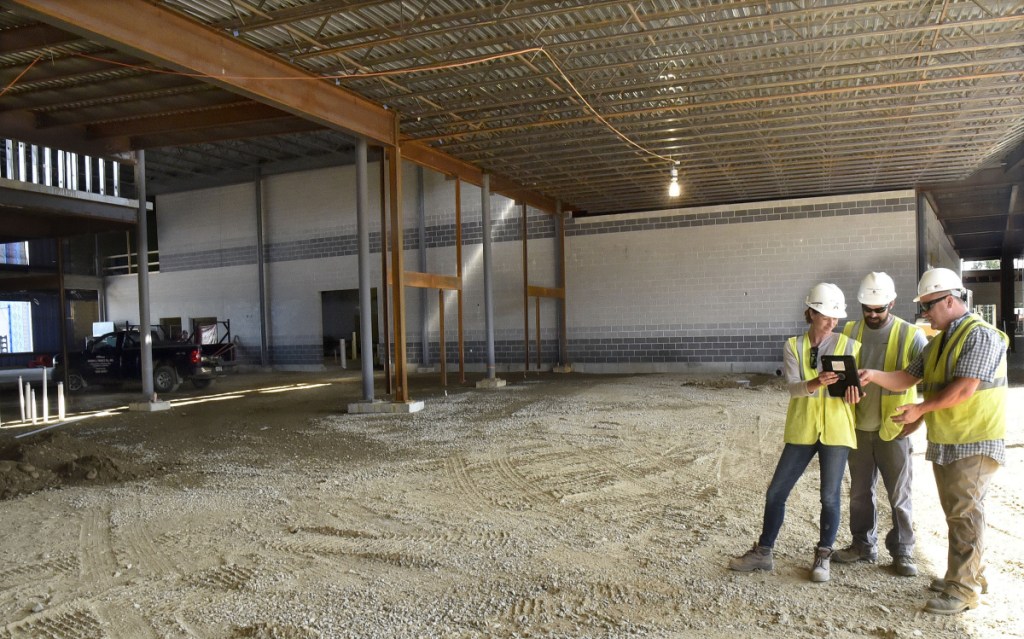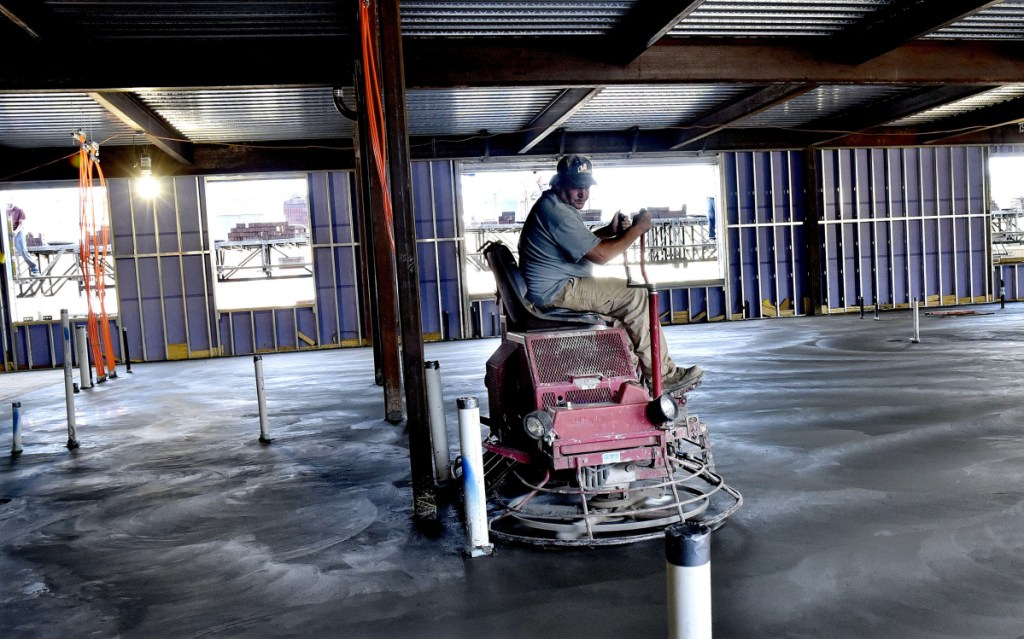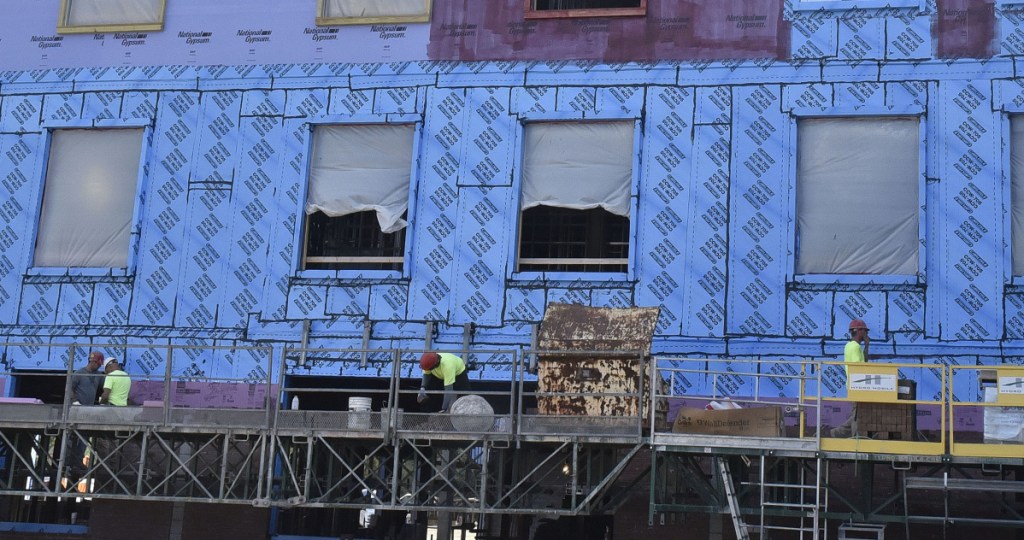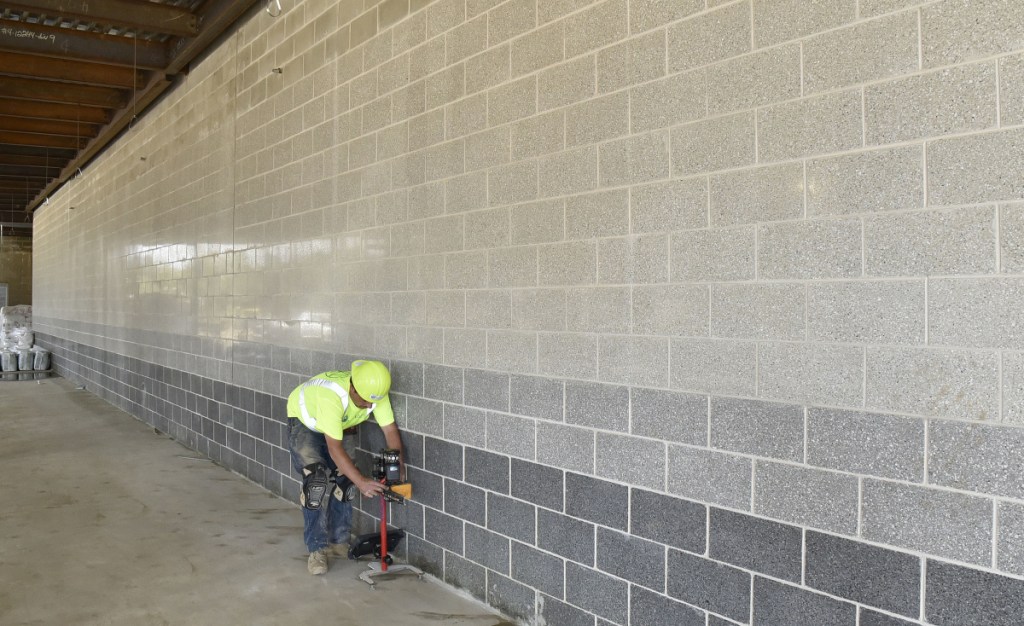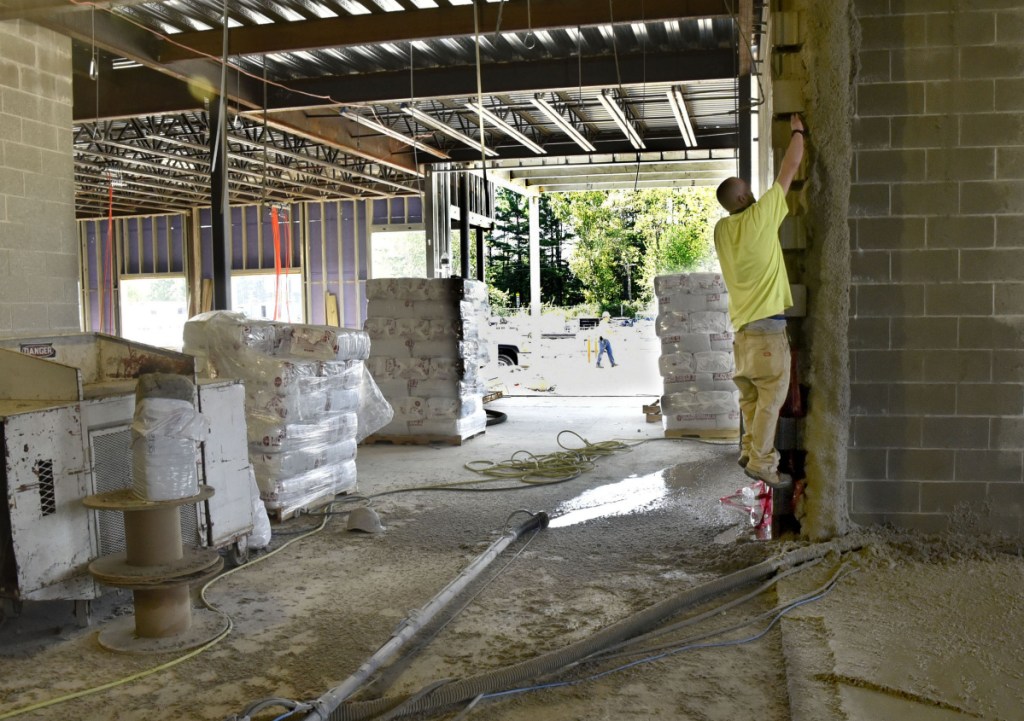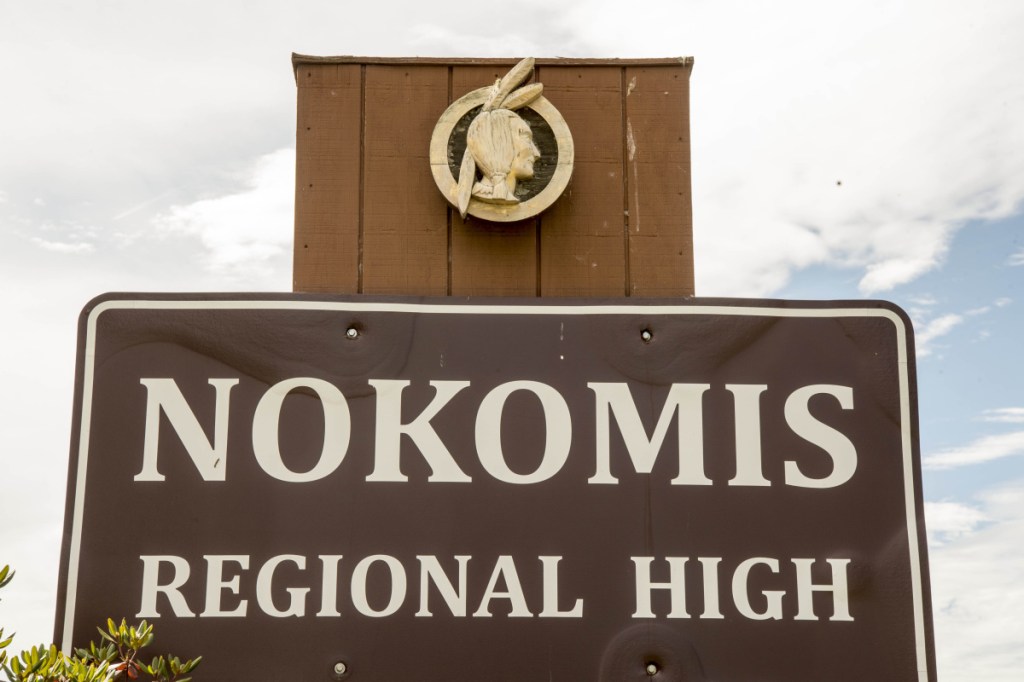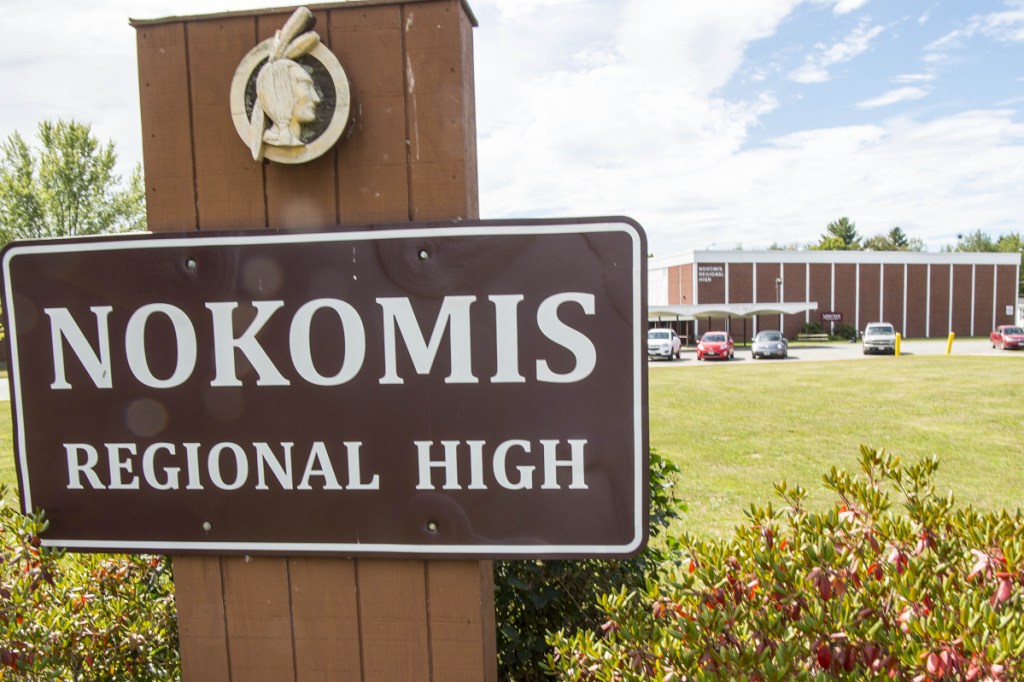NEWPORT — Regional School Unit 19 is moving forward and not looking back.
The school district, covering the eight towns of Corinna, Dixmont, Etna, Hartland, Newport, Palmyra, Plymouth and St. Albans, is moving forward with construction of a $53 million combined Nokomis high school and middle school with a 300-seat auditorium, two cafeterias, two gymnasiums, science laboratories, a music room and art room.
And they are not looking back — leaving the Native American mascot of the Nokomis Warrior behind, much as the Wells school committee did earlier this year, leaving only Skowhegan Area High School, with its nickname, “Indians,” as the last school in Maine using Native American imagery.
Brent Colbry, the superintendent of schools in the Skowhegan district, said last week there has been no action to change the name or to drop any Native American imagery.
The name “Nokomis,” said to be the name of Nanabozho’s grandmother in Ojibwe traditional tribal stories, probably will stay; but the American Indian image will be dropped, RSU 19 Superintendent Mike Hammer said.
“I believe they’ve had a lot of conversation about it, that it’s offensive to some people,” Hammer said. “We’re on the edge of the issue right now. I think that we definitely want to stick with the ‘Warriors,’ but it’s more of a newer version of the term ‘warrior.’ You have grit and determination and you fight, but you’re not necessarily a Native American warrior going out and getting into battle.”
A new school and mascot naming survey was mailed to the 6,000 residents of the school district and was posted on the RSU 19 website, asking people if they wanted to keep the school name and the “Warriors” nickname, Hammer said.
He said early tallies of the survey indicate “very strong results” that residents want to keep the name “Nokomis,” but they want to drop the Native American image that still appears on a sign in front of the high school and on the gymnasium floor.
Hammer, 49, in his third year as superintendent, said it is his opinion that it’s time to drop the Native American image and leave the “Warrior” name generic to represent grit and determination.
“In my opinion, yes,” he said. “Because if there’s that one kid who has reached out to the high school principal and I, and they feel, as a Native American, that it’s hurtful in some way to them, then, yeah.”
Nokomis Regional High School, built in 1968, and three RSU 19 middle schools are to be housed all together in the new school, expected to open in August 2019.
The old high school will be demolished to make way for expanded athletic fields. The new combined school is being built across the road from the current high school and middle school. The expected enrollment is 600 students in each school. The entire project is state-funded.
Along the way, four existing schools are to be closed as a cost-saving measure, with the hope that the towns will take them for public use, much as Palmyra did when that town’s school closed and was turned into a community center. The Corinna, Newport and St. Albans elementary schools will be closing next year. The Hartland elementary school closed last year.
Hammer said pre-kindergarten through grade 4 students from Hartland, St. Albans and part of Palmyra will go to Hartland’s Somerset Valley Middle School, still to be renamed, according to the survey. Corinna, Newport and Plymouth students will attend what is now the Sebasticook Valley Middle School in Newport.
“We’re about a year into construction,” Hammer said of the new school building. “It’s going to be a grade 5 through 12 middle-high school.”
There are to be two separate entrances in the new building — one for the high school and one for the middle school.
Hammer said district residents also have an option to raise $250,000 for auditorium seats, a cost not included in the state funding.
He said current work on the new building includes a brick facade on the outside, finishing wallboard in a couple of the wings of the building and final work on slabs downstairs.
Radiant heat from a wood-chip boiler will heat the building, which also will feed what is currently the middle school nearby, giving the school a much smaller carbon footprint.
Doug Harlow — 612-2367
Twitter:@Doug_Harlow
Send questions/comments to the editors.


